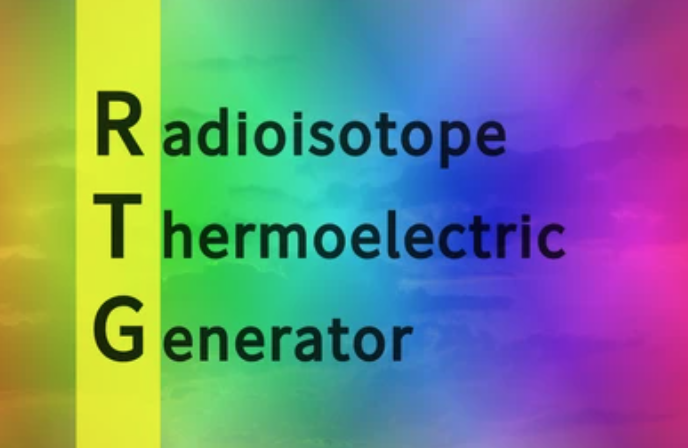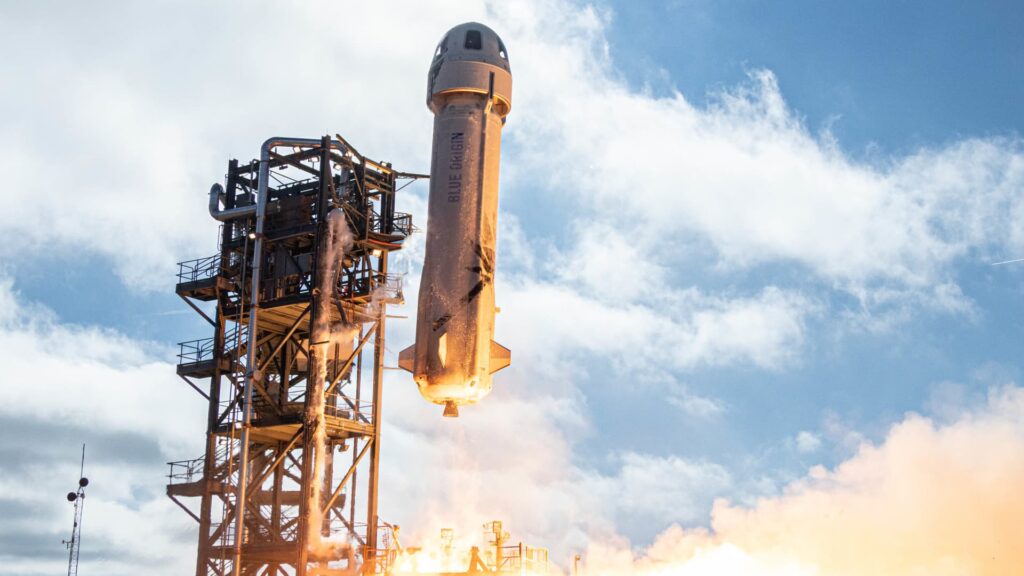Energy efficiency and sustainability are two of the most important things society is searching for now. This is why innovative power generation tech will always be sought after. A great example of something new that’s able to use radioactive decay to generate power is the Radio Thermoelectric Generator (RTG). RTGs have been essential to space exploration, and researchers are currently looking at its potential for use on Earth. The working function of RTGs, their historical relevance, and their promise in a world facing energy issues will all be covered in this post.
Why RTGs is in news?
The Bhabha Atomic Research Center (BARC) and the Indian Space Research Organization (ISRO) recently started collaborating on a project they’re calling RTGs which is a better alternative to traditional chemical engines for interplanetary travel.
- Chemical engines work well in some situations but cause problems when it comes to long space flights due to fuel constraints and lack of solar power.
- US spacecraft like the Voyager, Cassini, and Curiosity have used RTGs to power missions with extraordinary accomplishments.
The Basics
They call this type of generator ‘radio thermoelectric generators’ or RTGs for short. It works by taking heat then converting it into electricity through something called the Seebeck effect. RTGs use a different heat source than traditional power plants, which rely on nuclear fission or the burning of fossil fuels, such as the naturally occurring radioactive decay of some isotopes.
Components of RTGs
Let’s have a look onto the components of RTGs.
| Component | Description |
| Radioactive Isotope | Typically plutonium-238 (Pu-238) or strontium-90 (Sr-90) is used as the heat source through radioactive decay. |
| Thermocouples | Thermocouples are made of two different types of semiconductor materials and are responsible for converting heat into electricity through the thermoelectric effect. |
| Heat Shield | A protective shield or casing surrounds the radioactive isotope to contain the heat and radiation. |
| Radiator | Radiators are used to dissipate excess heat generated during the thermoelectric conversion process, ensuring the RTG operates at a suitable temperature. |
| Electrical Connections | Wires and connectors are used to transfer the generated electrical current to power electronic devices or systems. |
| Radioisotope Container | A specialized container holds the radioactive isotope securely within the RTG and prevents its release into the environment. |
Advantages and Disadvantages
Though efficient but RTGs comes with advantages as well as limitations. Lets have a look onto some aspects
| Aspect | Advantages | Disadvantages |
| Longevity | Can provide power for decades without refueling or maintenance. | Eventually, the radioactive material decays, leading to a gradual decline in power output. |
| Steady Output | Produce a constant and reliable source of electricity regardless of external conditions. | Limited power output compared to some other energy sources. |
| Versatility | Suitable for missions in remote and harsh environments, including outer space. | High initial cost and complexity of construction and safety measures. |
| Minimal Environmental | Low environmental impact during operation, as they do not emit greenhouse gases. | Concerns about the safety and disposal of radioactive materials. |
| Energy Efficiency | Can potentially capture and convert waste heat from industrial processes into electricity. | Regulatory challenges and safety measures must be rigorously maintained. |
How It Works:
- In order to make electricity, RTGs use nuclear energy. This is done by using radioactive materials like plutonium and strontium.
- When these materials decay, they produce heat. And this heat is then transformed into electricity.
Converting Heat into Power:
- The heat that the decaying material produces is converted into electrical power by thermoelectric tech.
- It works because it’s able to generate electricity when there’s a temperature difference between the two sides of a material.
Where It Shines: Spacecraft
RTGs are perfect for spacecraft that operate in areas where sunlight just doesn’t cut it for solar panels to do their job. For example, they’re used in outer planet missions where the distance from the sun limits how much solar energy can be generated. But there’s no need to worry about fuel with RTGs since they provide propulsion and electrical power to everything on a ship, allowing long-lasting missions.
History of Space Exploration
RTGs have played a pivotal role in space exploration for an extensive period. Their suitability for missions conducted under perilous space conditions is primarily driven by several advantages, such as:
The power output they generate remains reliable and stable despite environmental conditions such as varying sunshine or weather patterns.
- RTGs can deliver an uninterrupted supply of electricity for long periods of time, typically decades, without needing fueling or servicing.
- RTGs are highly durable and can withstand high temperatures, making them the optimal choice for deep space missions and space probes. Their exceptional resilience allows them to excel in extreme conditions encountered in outer space.
Perhaps the most popular missions deploying RTGs involve the NASA Voyager 1 and Voyager 2 spacecraft, the Mars missions Curiosity and Persistence. With the help of these technologies, significant information from far-off planets and celestial bodies has been gathered.
Applications in the Terrestrial
RTGs are often associated with space travel, but they also have the potential for use on Earth. In the following areas, RTGs may have a substantial impact:
- Remote Power Generation: RTGs could offer a dependable source of electricity for scientific instruments, weather stations, and communication equipment in remote or off-grid locations where conventional power sources are unavailable.
- Harvesting Waste Heat: To increase overall energy efficiency, waste heat from industrial processes could be captured and converted into electricity using RTGs.
- Environmental Monitoring: In remote or challenging environments, RTGs could power sensors and data collection equipment, providing continuous monitoring of ecosystems and natural resources.
Difficulties and uncertainties
RTGs have many benefits, but they also have drawbacks and issues, mostly because of their radioactive components. Important factors to take into account include safety procedures and RTG disposal techniques. The usage of plutonium-238 raises additional ethical questions due to the possibility of its application in nuclear weapons.
Conclusion
As technology advances and we look for cleaner, more sustainable energy solutions, RTGs serve as a reminder that the answers to our energy demands can often be discovered in unexpected locations. These silent powerhouses, whether powering space missions or isolated terrestrial locales, remind us of the limitless possibilities that human invention and scientific inquiry may uncover..
Frequently Asked Questions (FAQs)
Where are RTGs commonly used?
RTGs are commonly used in space missions to power spacecraft and deep space probes.
How long can RTGs provide power?
RTGs can provide a steady source of power for decades without the need for refueling or maintenance.
What environmental issues are related to RTGs?
Concerns regarding the environment include the ethical implications of using plutonium-238 as well as the safe disposal of radioactive waste.
Can RTGs be used on Earth for power generation?
Yes, RTGs have terrestrial applications, such as remote power generation and harnessing waste heat from industrial processes.



